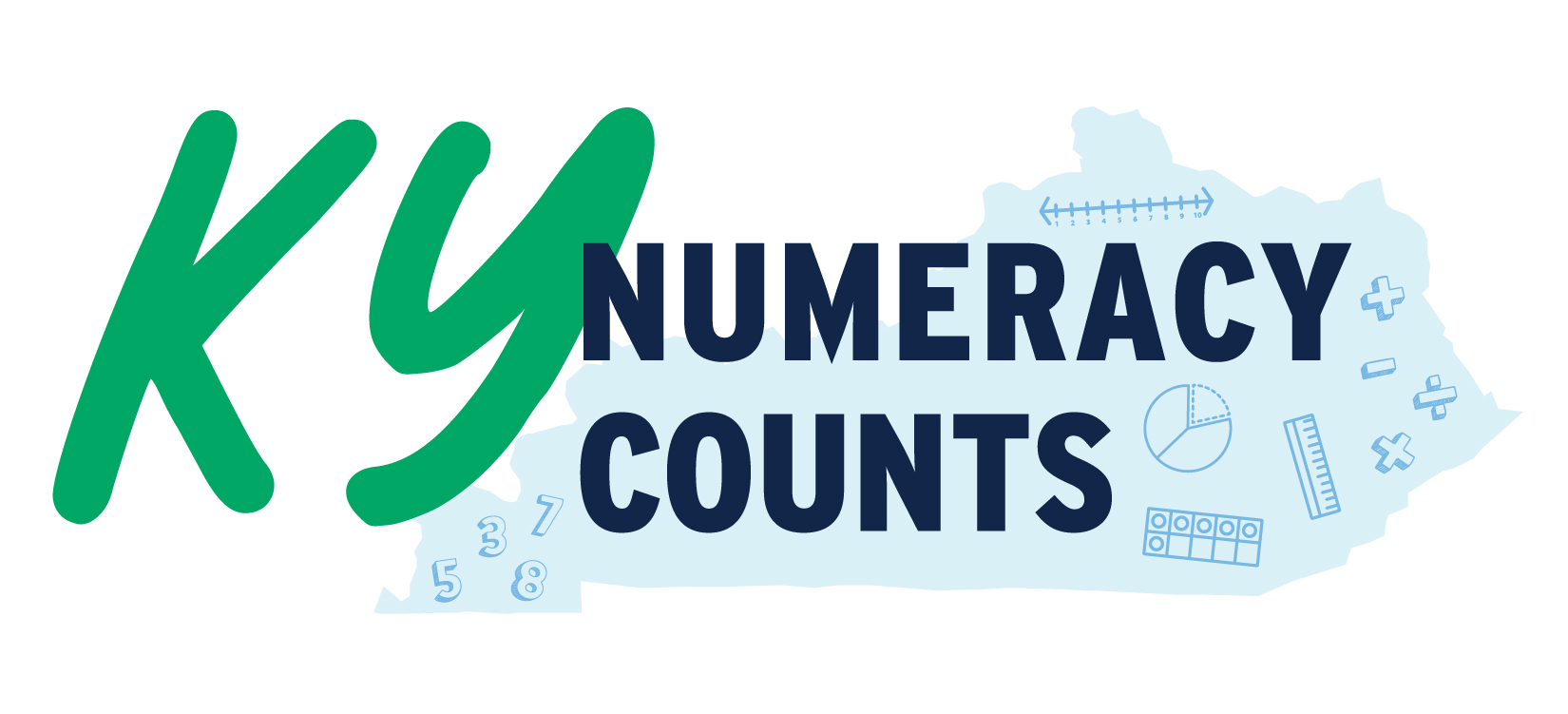(FRANKFORT, Ky.) – Kentucky is a national leader in closing the graduation rate gap for low-income students. That’s the conclusion of a new report by Civic Enterprises and the Everyone Graduates Center at the School of Education at Johns Hopkins University.
The report, For All Kids, How Kentucky is Closing the High School Graduation Gap for Low-Income Students, presents a research-based case study of how the Commonwealth, despite its high rates of poverty, has made “steady and sustained progress” over the past 25 years to not only significantly raise its graduation rate, but also decrease the graduation rate gap that typically exists between low-income students and their more affluent peers. The report indicates that across America higher economic status usually leads to stronger economic outcomes, but that “Kentucky is a story of educational achievement for all kids.”
“Since the days of the Kentucky Education Reform Act, Kentuckians have been focused on providing an equitable, quality education for all students,” Commissioner of Education Stephen Pruitt said. “While I am glad to see the state recognized for its hard work and progress on the graduation rate, we still have a long way to go in closing academic achievement gaps between student groups and making sure all students graduate prepared to pursue their postsecondary dreams. We are working to address opportunity gaps and continuing to ensure equitable access to high quality learning experiences for all students.”
Kentucky increased its graduation rate, as based on the Average Freshman Graduate Rate formula, from 71 percent in 2003 to 82 percent in 2012. The state then started using a different calculation, the 4-year Average Cohort Graduation Rate, which other states also use and which is supposed to be a more accurate measure. Since 2012, the graduation rate has continued to climb from 86.1 percent to 88 percent in 2014-15, among the highest rates in the nation.
According to the report, in 2012-13, Kentucky also achieved the highest graduation rate in the nation for low-income students at 85.4 percent, and the narrowest gap (1.4 percentage points) between low-income students and their middle- and high-income peers. While that gap increased in 2013-14, the state still maintains one of the highest graduation rates among low-income students and one of the smallest graduation rate gaps based on income in the country.
“Our aim in Kentucky is for all boats to rise, that is, for all students to improve, and generally that’s what we’ve seen,” Pruitt said. “Our graduation rate gap closed because more of our lower-income students graduated while the number of higher-income students who graduate remained constant or continued to increase slightly.
“Too often gaps close because students at the top lose ground. That’s not progress and not the way we intend to close gaps in Kentucky.”
The report, which is meant to help other states create a culture of success, indicates four major themes have driven much of Kentucky’s improvement, including:
- slow and steady education reform efforts
- a strong and diverse coalition of supporters focused on student outcomes
- smart use of data
- unique aspects of the Kentucky educational system, including the impact of federal grants and district and school flexibility to align those funds to student needs; the lack of charter schools, which caused parents to be more vested in their community schools and provided greater impetus for districts to improve their schools; local control; accelerated education options such as Advanced Placement and dual credit courses; and the challenge of poverty, which with the loss of coal production has forced state leaders to rethink how best to prepare students for their future careers
It is important to note that the graduation rate measures the percentage of students who meet the minimum high school academic requirements and graduate from high school within a specific time period – usually 4 years. The graduation rate is different than the college- and career-readiness rate, which measures a student’s preparedness for postsecondary endeavors.
While it still trails the graduation rate, Kentucky’s college and career-readiness rate also has increased dramatically in recent years and stands at almost 67 percent.
The goal, Pruitt said, is for all students to graduate from high school on time and ready to pursue whatever they want in their future years.




Congratulations. Personally, I want to praise Kentucky’s many teachers who have been engaging their students to learn about the Holocaust. The many letters from students I have received are testimony to how well they have taught the lessons of man’s inhumanity to man, inspiring them to make a difference in this world.